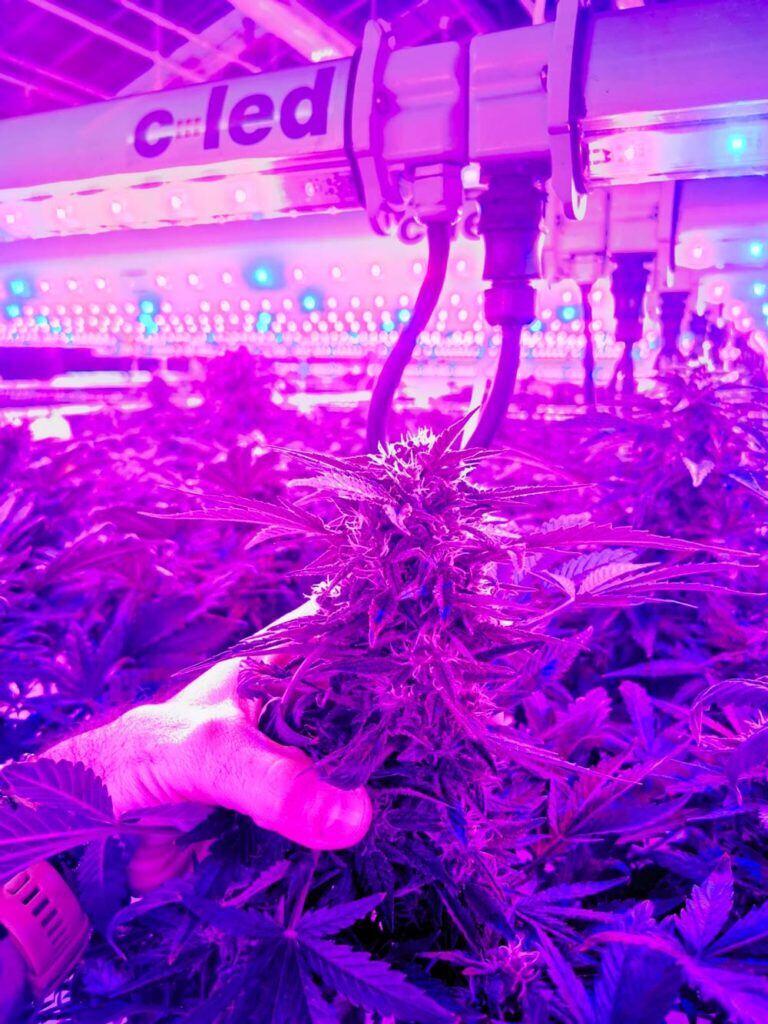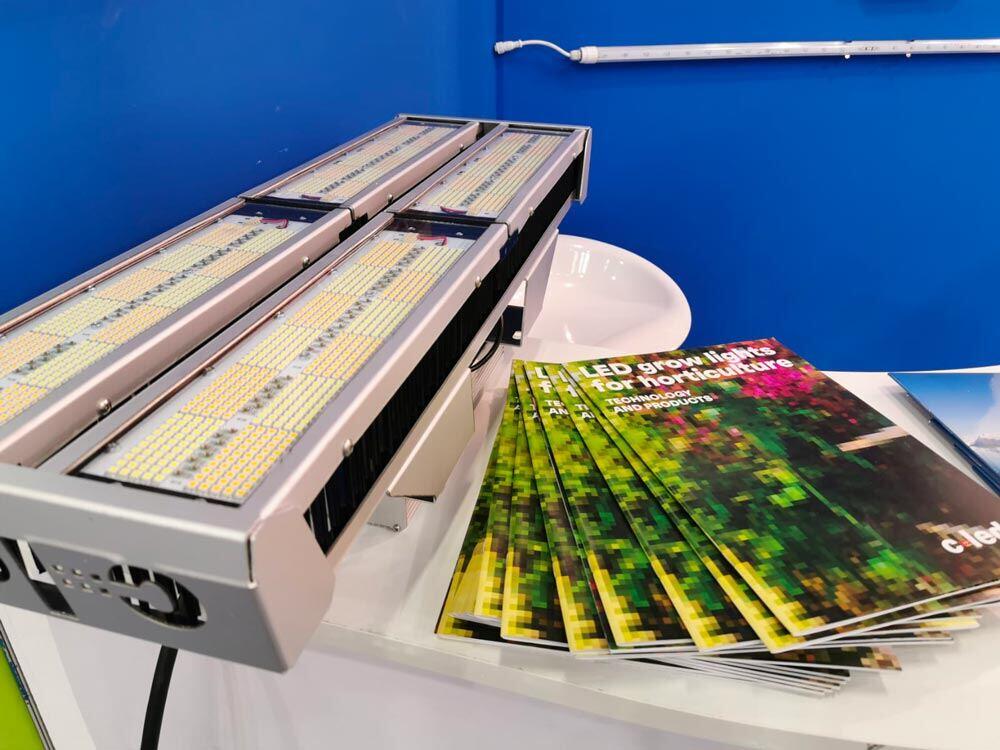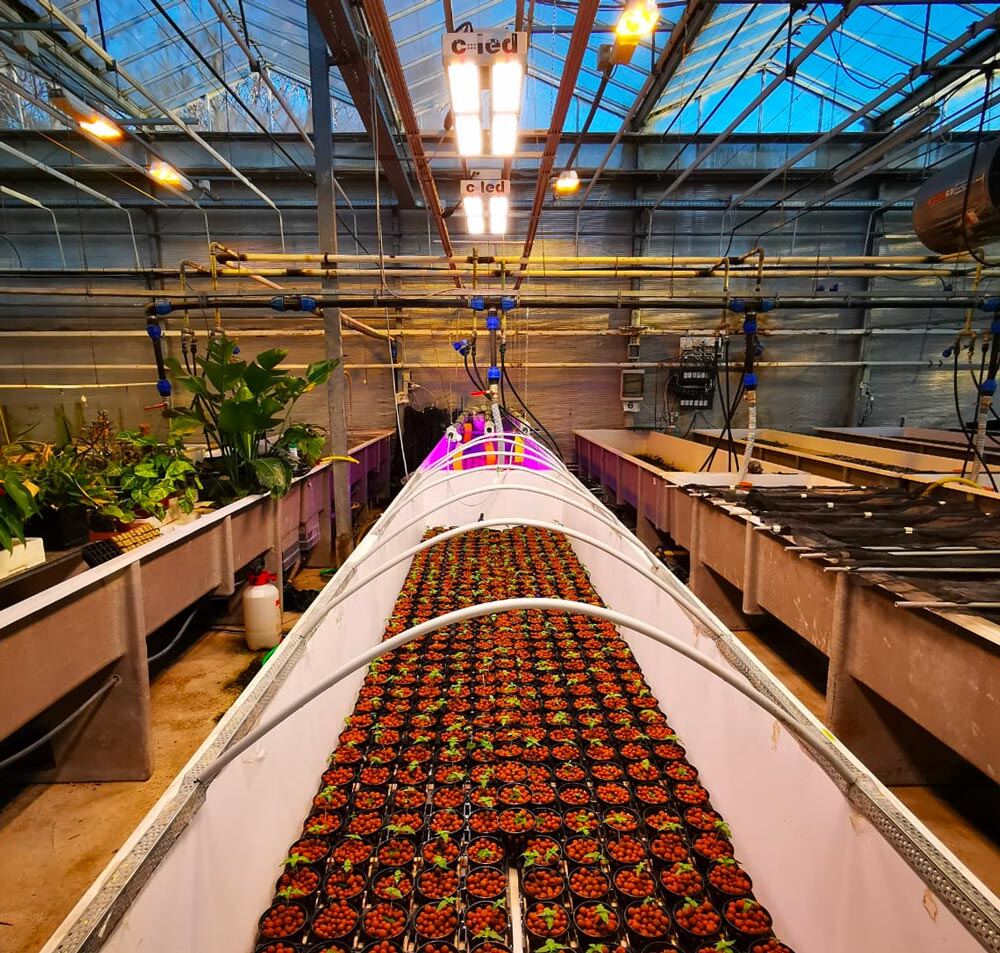Dr. Mattia Accorsi, Senior Light Biologist with C-LED
Before reaching a point where standards are commonly accepted, any industry had to go through a learning process which ultimately solidifies their status as a profitable market sector. However, the cannabis industry seemed to have a special status. As soon as countries started regulating it, the hype was such that a substantial number of people believed that standardization would come along right away. Truth is, time is required before fixed guidelines can be outlined. This is especially relevant when it comes to cannabis, since the past illegal status of this plant prevented scientists and researchers from studying it properly. And this is exactly one of the most important things for Dr. Mattia Accorsi. “As a University researcher, I must standardize,” he says. “I need to find a management protocol that would allow me to achieve excellent results.”

A thorough research
Mattia is particularly active in the research of LED light for horticulture grows, and recently, he has been focusing on cannabis. “There is a lot of confusion,” he points out. “Not only with regards to the current state of cannabis research now, but also regarding LED lighting systems. Thing is, LED lights are highly customizable, and it takes a lot of time to get to a good product. Over the last year, we have finished all our research projects and we can now be considered a solution provider for our customers. Thanks to our agronomical background we’re able to support our partners on many aspects in different sectors such as saffron vertical farming etc.”
Mattia continues to explain that it took 3 years before he and C-LED felt confident enough in their R&D results. “We have been studying each variable: flowering time, different irrigation types, and different nutrients, combined with different LED spectra. Eventually, we realized a particularly efficient lamp, the new 300W and 600W full spectrum led luminaries: ’COMBO series’”
Contextualizing the lighting system
C-LED have been paying attention to every small detail when designing the LED lamp, because the light alone does not influence a plant’s growth. More specifically, it is how this light is contextualized within a complex system. “For instance, we have seen that certain LED spectra drive the nutrients uptake,” he explains. This is why you have to take into consideration not only the light itself, but everything that surrounds it.
According to Mattia, cannabis is an extremely complex plant. “it is just incredible how it reacts to the slightest change in variables,” he points out. “These changes can also be induced by light itself, which has a huge influence on the synthesis of certain molecules. This is because light can induce stress in the plant, and generally speaking, light drives the biosynthesis, which is the production of primary and secondary metabolites.”

This is exactly the reason why C-LED senior biologist Mattia points out that, depending on the context in which a specific LED is implemented, it might be not necessary to have a full spectrum available. “I think that if you are working in a greenhouse, you don’t necessarily need the full spectrum,” he says. “For instance, you don’t need very high frequency of green and yellow, but only a small percentage. This is because you can basically go all out with red and blue: blue helps the auto-transpiration, the habit; on the other hand, red is needed to maximize the growth of the biomass.” At the same time, when it comes to growing indoors, the situation is slightly different. “I think it is extremely fascinating how the full spectrum allows you to manage every single aspect of the plant, in order to maximize this or that cannabinoid or terpene.”

All in all, the impact that C-LED products had on the cannabis and the horticulture industry as a whole has surely been huge. “I think that LEDs have revolutionized cultivation methods. The different things that LED does compared to HPS, for instance, have kind of changed the rules of the game,” Mattia points out. “On the one hand, this is one of the reasons why some growers are still reluctant about adopting LEDs. We can support growers, working together with them, using C-LED extended white spectrum to obtain a consistent and excellent grow of their plants. ”
